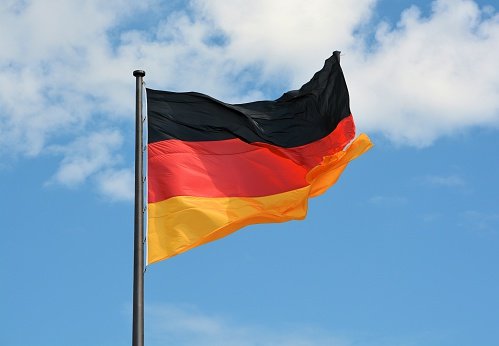In focus today
Today, we look out for German industrial production data for February, which will give more information on the state of the German industry that is still very weak.
The first round of the central wage settlement in Norway is now underway. The framework for the settlement in the manufacturing sector is stated by the parties to involve a wage increase of 5.2 % this year, given that the wage drift will be as expected. This settlement works as a blueprint for the settlements in other sectors as well, so we expect that this estimate will stand when all the settlements are finished. In that case, this will be a bit higher than Norges Bank assumed in its March monetary policy report of 4.9% and will probably add to the recent reprising of cut expectations even in Norway.
Riksbank Governor Erik Thedéen is giving three speeches today, which largely deal with the standard theme of the economic situation and current monetary policy and are therefore not expected to differ remarkably.
The main events this week are US March CPI on Wednesday, and policy rate decisions from both New Zealand (Tuesday night) and the ECB (Thursday). We expect both to keep rates unchanged. We have gotten strong hints from the ECB that it will deliver its first rate cut in June, so the primary insight from Thursday’s meeting will be whether they confirm this stance.
Economic and market news
What happened over the weekend
After gaining 4% last week, oil prices declined overnight with the Brent price dropping 1.6% to 89.71 USD/bbl as of this morning. This is due to expectations of easing tensions in the Middle East after Israel and Hamas committed to new peace talks in Egypt.
What happened Friday
Markets scaled back US rate cut expectations after the March non-farm payrolls figure exceeded expectations at +303,000 (consensus: +200,000). The jobs report also showed that average hourly earnings increased 0.3% m/m. This suggests that wage sum growth accelerated which is a concern for the Fed from an inflation perspective. We also got hawkish comments from the Fed’s Logan and Bowman, with the latter saying that “inflation progress has stalled”. USD was initially stronger but reversed and ended the day broadly unchanged, while the 2Y treasury added 9bp.
Bank of Japan governor Ueda said he expected inflation to accelerate from “summer towards autumn” due to the large wage increases agreed to during union negotiations in March. He reiterated that another rate hike would be data dependent but that it is on the table if the 2% inflation target is sustainably achieved.
Equities: Global equities ended higher on Friday, but lower for the week. Interesting on Friday was the reaction to the jobs report. At first glance, the very strong report sent yields higher while equity investors saw it as “too strong” and reacted negatively. However, later into the US cash session, equities turned around and ended sharply higher led by cyclical growth stocks. This is more or less how we see the coming period where strong macro data should continue to support risky assets while higher yields should be a temporary challenge. Asian markets are mostly higher this morning led by Japan. European futures are higher as well while US futures are lower.
FI: The main event this week is the ECB meeting on Thursday, where we look for a “confirmation” of a rate cut in June as discussed in our ECB preview as well as RTM Euroland, where we also discuss the outlook and market impact for a downgrade of France. The other main event is the US CPI data released on Wednesday together with the minutes of the latest FOMC meeting. If the data continues to surprise on the upside the market is expected to price out more rate cuts in 2024. This should put upwards pressure on US Treasury yields as seen last week, where 10Y Treasury yields rose some 20bp.
FX: EUR/USD ended the week slightly higher above the 1.08 mark after the stronger-than-expected US jobs report on Friday. Intervention talks sent USD/JPY a bit lower on Friday, but the move reversed, and the cross is trading just below 152 again. The Scandies had a good week, with both the NOK and the SEK appreciating against the EUR and the USD. EUR/NOK declined to around 11.60, while EUR/SEK fell to around 11.50. EUR/GBP trended higher for most of last week and ended around 0.8580.









